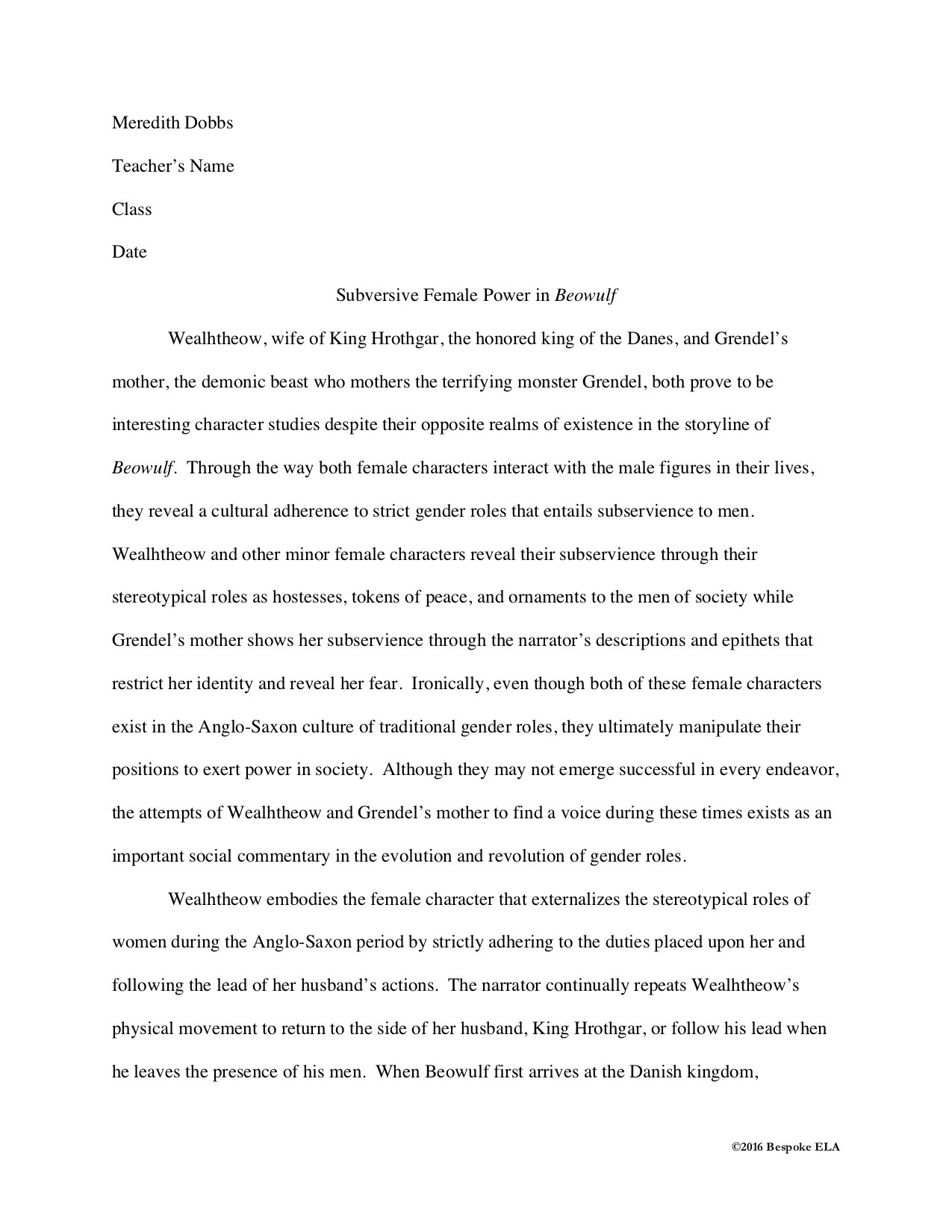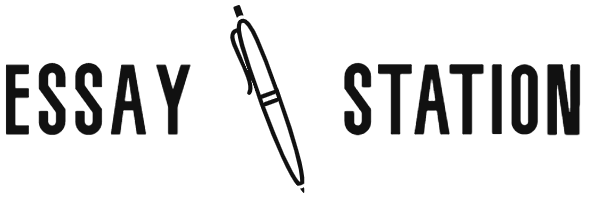
If you are not sure how to write an explication essay on e poem, read on. This article will explain the Structure of a poem explication essay. In addition, you’ll learn how to analyze the Tone, Syntax, and Rhetorical patterns of a poem. Using these three principles as a guide, you’ll be well on your way to writing an excellent poem explication essay.
Structure of explication essay
In writing an explication essay on a poem, you must closely examine the work to analyze the different aspects of its structure and meaning. This essay should examine how the writer uses words and how they fit together to create the tone and rhythm of the passage. You must also look for the use of figurative language and imagery to give the piece visual meaning. After you have examined the structure of the poem, you should analyze the different elements and decide on which ones will benefit your essay.
The thesis statement should state the central idea of your essay. Include the author’s name, title, and other relevant information to inform your audience of your topic. The body paragraphs should support the central idea. You can use paraphrase, direct quotations, or specific details. As you continue to write, use the citations that you have made during the process of reading the poem. These will help your audience better understand the poem and its meaning.
Syntax of a poem
An explication essay is a critical examination of a poem. You will need to analyze the vocabulary of the poem and the complexity of its meaning. For example, the word “love” may have many meanings, including a very simple one and several complicated ones. Another aspect of a poem that must be analyzed is its syntax. Some poets follow the normal patterns of speech, while others have a unique syntax.
Your explication essay should be structured in the same manner as your preparation. You should start with the big issues or general design of the poem, and then move through the lines and patterns to uncover the main theme and conflict. A good explication essay will be organized around a single main idea, or theme. If you are unsure of how to structure your essay, here are some steps that can help you create a better explication essay:
Tone of a poem
When writing an explication essay, one of the most critical elements to consider is the tone of a poem. Tone is the writer’s attitude toward his or her subject and audience. A poem’s tone can be revealed through various elements, including the subject matter, characters, events, structure, vocabulary, and the overall style. A poet can use figurative language, word choice, and other techniques to convey their intended tone.
A typical poem explication essay begins with a reflective introduction to the poem and ends with an analysis of its theme and tone. This step is important because it helps students develop their analytical skills and prepares them to analyze other poems in the future. The tone and rhythm of a poem can be enhanced by using figurative language and imagery to convey the writer’s message. If the tone and rhythm are strong, it is likely that the writer has created a more vivid image with the poem.
Rhetorical patterns of a poem
When you read a poem, you may be aware of its rhetorical patterns. Many authors have used them in their work, but how do you use them effectively? Here are some examples. During the poem’s first line, a conceit must be used to reinforce its core idea. A common example is a villanelle, a poem that repeats the first line several times. The next line is a metaphor that contrasts two objects of different nature.
A number of poetic devices use parallelism, a technique in which two parts of a sentence share the same grammatical structure. “I am disgusted by your methods” and “I am impressed by your results” are examples of “paraphrases.” Each of these devices uses the same language and means to make the reader believe what they are reading. The rhetorical devices also use metaphors to suggest a similar feeling or idea, which can be effective in the same poem.
Using metaphors and similes in a poem
Metaphors and similes are the terms used in poetry to make comparisons between objects, without using words like “like” or “as.” This type of language uses an image to describe a fixed concept or an abstract idea. Metaphors are also used to describe the same thing in two different ways, based on their similarity or difference. As a result, they are sometimes used to create a powerful image in readers’ minds.
For example, a metaphor may use the term “raisin” to describe an unfulfilled dream. If a person doesn’t realize their dreams, they will grow cynicism and eventually lose interest. A person can also lose interest in a goal if it’s delayed too long. A person’s interest may be waning when he’s sitting on the bench of his high school basketball team because he hasn’t yet fulfilled his dreams.
Including evidence from the passage
An effective explication essay will focus on a particular part of the focused piece and include evidence from the passage to support your interpretation. For example, you may choose to analyze a particular passage about a protagonist’s greed. You should consider the author’s use of imagery and figurative language and how they create meaning within the literary work. To create an effective explication essay, you must examine the text’s structure and how it relates to the reader.
During the writing process, you should establish the credibility of the author so you can assess the quality of the information and the validity of the work. Each poet has a different reason for writing a poem, so understanding your author’s qualifications will help you to analyze his or her point of view and determine whether or not they share your own. Besides assessing the author’s qualifications, you should analyze how the passage uses punctuation and sentence length to convey the message. For example, if the author uses long sentences with a lot of repetition, it can indicate his or her message.
